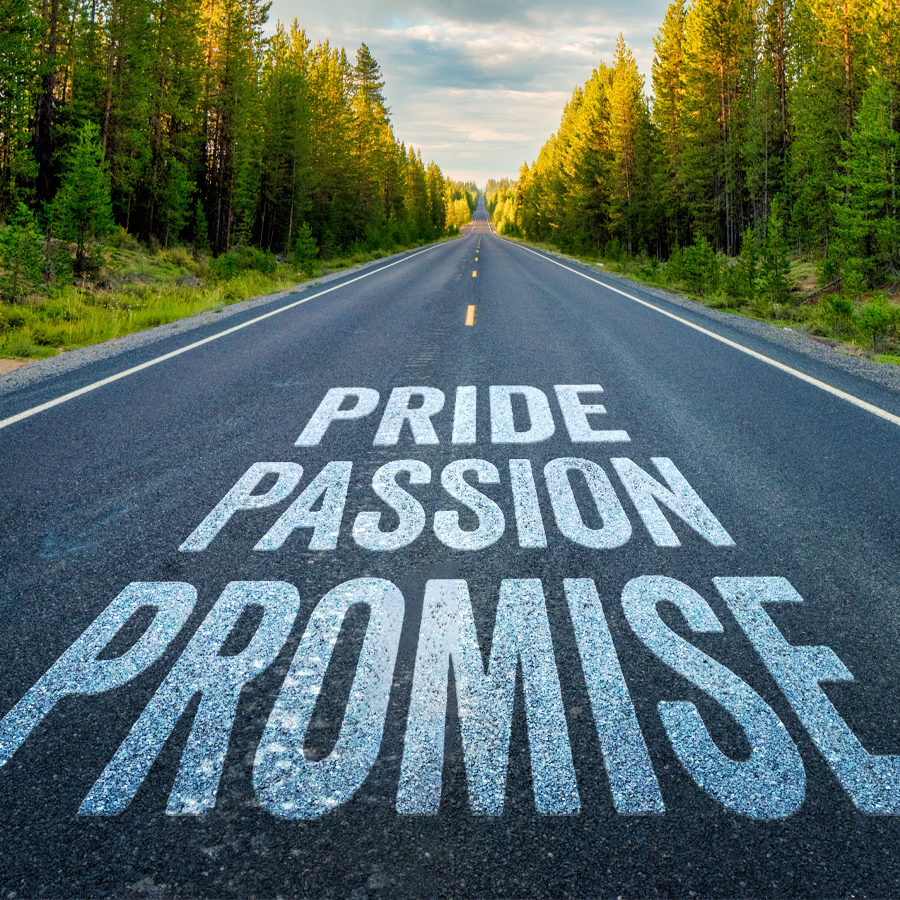Foster Students’ Sense of Self and Community: Develop a Community Service-Based Project Course

Without community service, we would not have a strong quality of life. It’s important to the person who serves as well as the recipient. It’s the way in which we ourselves grow and develop.
– Dorothy Height

INTRO
Develop a course where students do a community service-based project.
GO skills and behaviors include elements of student agency– self-awareness, self-knowledge, and an understanding of who you are in the context of the world around you, including your family and your community. This includes leadership skills, advocacy skills, self-care, and healthy habits as well as skills like kindness and empathy. Many of these skills are necessary to successfully navigate big life transitions such as attending college, enrolling in a vocational program, starting a new job, or even beginning a new personal relationship.
OBJECTIVES
- Develop a course where students do a community service-based project
Activity
The Random Acts of Kindness Foundation developed this community-service based course (to get some ideas).
We like this one because it’s project-based, student-centered, everything is already planned out for you (though there’s obviously room to put your own spin on it), and it includes space for student reflection. It also engages students in practicing and developing important “character-based” skills — many of these skills are characteristics of school learner profiles, school maxims, etc.
It includes 16 weeks of high school curriculum that covers:
- Getting Started
- Respect
- Caring
- Inclusiveness
- Integrity
- Responsibility
- Courage
- Community Mapping
- Project Creation
- Community Collaboration
- Project Implementation
- Project Reflection
TIPS
- Key Moves are efforts that require a bit of planning, such as the activity above, but can be implemented within the next three to six months.
- Like this activity? Check out Inflexion’s full-page GO document for more ideas.






Responses